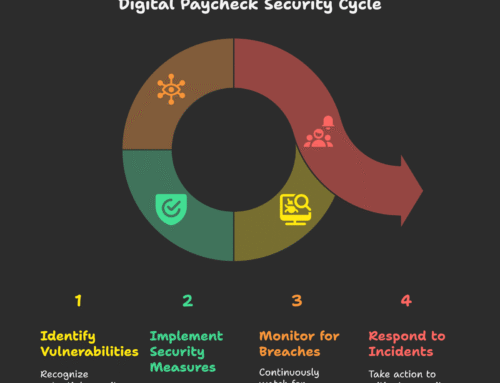As your company grows in clientele or products, you’re bound to face to inevitable—you’ll need to bring on more resources to manage the growth. If you’re currently in this position, here’s five considerations that may help:
1. Is Hiring a New Employee Truly Necessary and Do You Have Means to Do So?
Thanks to the way the businesses operate in the 21st century, today’s business owners have all sorts of options at their disposal regarding hiring help. Before you put out the Help Wanted! ad, consider a few qualifying questions, such as whether or not you need a quick task completed or have continuous projects to finish.
If you need to solve a specific problem fast, it doesn’t make much sense to hire a full-time employee to do the job. A lot of time, effort, and money goes into hiring and training a new full-time employee. These short-term tasks are perfect for independent contractors or service providers paid on a billable basis for the work performed.
Another cost-and time-saving option is to offload some of the outstanding tasks to another employee. Is there an employee in your organization who would reasonably handle another task, especially if it’s a short-term task? You’ll use the resources you already have, and it won’t cost you an extra dime. But let’s say that there’s no way around your need of hiring a new employee.
Ask yourself if you honestly have the finances and bandwidth to hire a new employee. Not only do you need the funds to pay your new hire, but also for their state-mandated benefits, such as worker’s compensation, unemployment benefits, or health care. You’ll also need to account for benefits such as sick days, paid time off, holidays, bonuses, and vacation time.
2. Do You Have a Clear Job Description?
The bottom line is, you’ll want to be crystal-clear in your job description, so you’ll end up with a laser-focused job candidate pool. You don’t have time to sift through hundreds of unqualified candidates. Even if you’ve assigned the task of sifting through candidates to others in your organization, it wastes their time and resources to send unqualified prospects your way. Wasted time and resources in your organization ultimately lead to wasted money.
Beyond this, you want to be able to attract the best talent pool into your company, and you can only do this with clarity and transparency. In addition, the last thing you’d want is to hire and train someone, only to have the new hire quit because your expectations weren’t clear. Then you’ll be faced with the cycle of sifting through candidates again, and again, wasting time and resources.
3. How to Weed Out the Good Vs. Bad Hires
If you’re clear on needing to take on a new employee, you’ll need to ascertain the difference between a five-star and a one-star new hire.
Before you start the interview process, identify what makes the difference between the perfect and the nightmare candidate for hire. Get second opinions from your peers and or your key management staff. While some employers balk at checking references, it’s still good to perform due diligence. You could perform a 360-degree reference check, gaining input from the candidate’s previous supervisors, subordinates, and peers.
Doing a background check is also important, especially for positions that involve handling sensitive information and finances. Employers should check a candidate’s criminal record, credit report, employment background, and other relevant information. Background checks can take a considerable time. One way to fast-track this process is to use a service that allows one to check a job applicant’s criminal records in less than an hour. Outsourcing the criminal record check saves time and effort and expedites the entire hiring process.
4. What Qualities Do You Want in a New Employee?
Only you know the type of culture you try to institute within your organization. Remind yourself of what those are. Review your mission statement, and then discuss this with potential candidates know during the interview process.
If your candidates aren’t a good fit for your company’s culture, then everyone should know this upfront.
Here are some interview questions to ask to identify particular traits:
- Motivated – “Tell me about a time when you went above and beyond your manager’s expectations.”
- Good Communication – “Tell me about a situation when you had to speak up to get a point across that was important to you.”
- Reliability – “Give me an example of how you worked in a situation that required prioritization and multitasking without supervision.”
- Flexibility – “Describe a time when you had to adjust quickly to changes over which you had no control. How did you manage?”
5. How Will You Onboard a New Employee?
Finally, before you hire a new employee, you need to consider the process of doing so and how you will onboard them into your company. Fortunately, there are tools for employers to use that help to streamline the process with efficiency. You can purchase employee onboarding software, which will help them adjust to the software and tools your company utilizes. The onboarding software will lead provide guides and cues on how to use your products.
Although tech tools can help, you’ll still need to assign someone to oversee, integrate, and train the new employee.
Get Started Now
Bringing on new employees can be intimidated due to the uncertainty and associated risks. However, with these tips, you’ll be ready to evaluate your needs and bring on new team members today.







“Amazing write-up!”
Very interesting, good job and thanks for sharing such a good blog. Your article is so convincing that I never stop myself to say something about it. You’re doing a great job. Keep it up…
Hiring an employee can be a tough task and it gets tougher when you don’t know the things to consider before hiring any employee. But this article helps a lot and shares the right points.